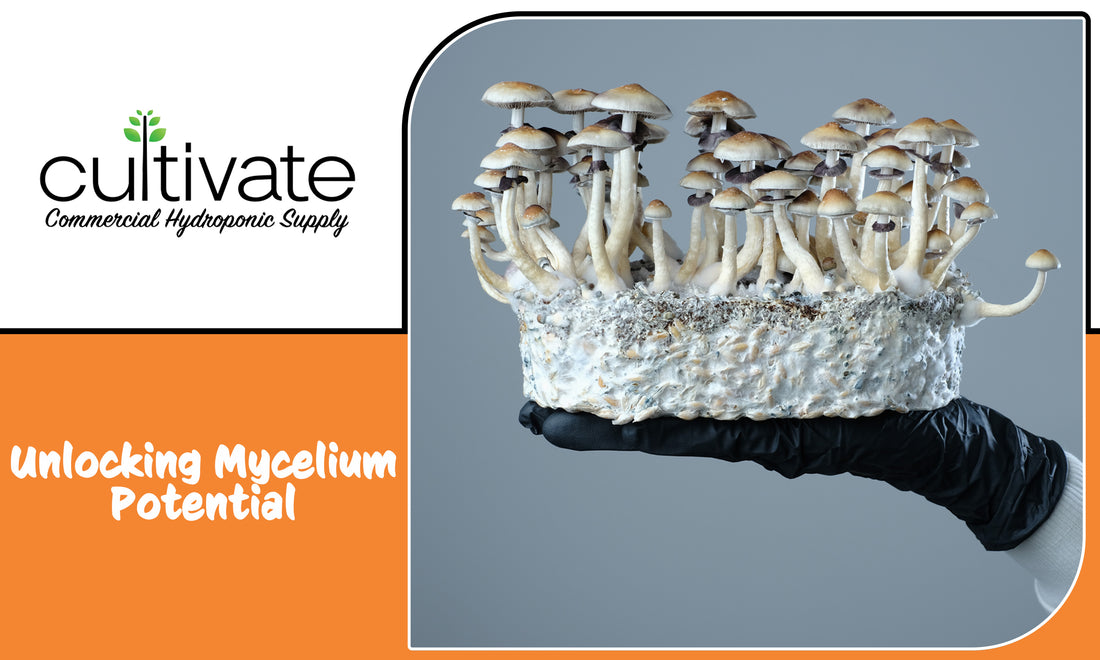The fascinating journey of mushroom cultivation begins with an often-understated hero: grain spawn. This unsung champion acts as the medium for mycelium propagation, the vital root system of mushrooms.
But what exactly is grain spawn, and why is it so effective for mushroom cultivation?
What is Grain Spawn for Mushrooms?
Grain spawn is created by inoculating sterilized grains, typically rye, barley, wheat, or millet, with mycelium from a mushroom culture. These grains provide a nutritious substrate, a natural buffet that encourages mycelium to colonize and expand.

As the mycelium grows, it transforms the grain into a network of nutrient-rich fibers that ultimately fosters mushroom growth. This process is often visualized as a web of white, thread-like formations, a testament to the mycelium's appetite for colonization.
How Grain Spawn is Made
The journey to creating grain spawn starts with sterilization. The selected grains are soaked, then boiled or pressure cooked, to ensure a sterile environment free from other fungal or bacterial competitors.

Once cooled, these sterilized grains are transferred to a jar or bag under sterile conditions and inoculated with a spore syringe, a liquid culture, or a piece of colonized agar. As the mycelium begins to colonize the grains, it forms a network, facilitating easy spreading when the grain spawn is later mixed into the final mushroom substrate.
Why Grain Spawn Works
But why is grain spawn particularly effective for mushroom cultivation? The answer lies in its structure, nutrients, and "mycelial favorability". The individual grains provide more points of inoculation, allowing the mycelium to colonize faster due to the increased surface area.

The grain's nutritious composition of carbohydrates and proteins fuels rapid mycelial growth. And because mycelium naturally prefers grain, it has an easier time taking hold and thriving.
Moreover, the size and structure of grains make them easy to shake and break apart. Once fully colonized, this allows for the even distribution of mycelium into the bulk substrate.
Additionally, because each grain is covered in mycelium, you can extend the reach of your initial mycelium culture, producing larger quantities of mushrooms with less original culture material.
Why You Should Use Grain Spawn for Mushrooms
Grain spawn's utility in mushroom cultivation is not just a matter of convenience but of practicality. The nature of grain spawn enhances the propagation speed of mycelium, provides a nutrient-rich environment for its growth, and offers ease of mixing into a substrate.

It's a remarkable process where science meets nature, paving the way for the successful cultivation of mushrooms.
Indeed, grain spawn is a testament to the beauty and simplicity of mushroom cultivation. It exemplifies how we can utilize natural processes to our advantage, harnessing the power of mycelium to create bountiful mushroom harvests.
Grain spawn is an indispensable asset in the world of mycology, showcasing the intricate beauty that lies within the world of fungi. It is, without a doubt, the unsung hero of mushroom cultivation.
